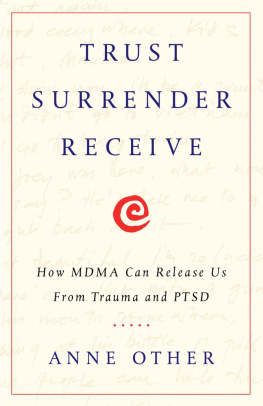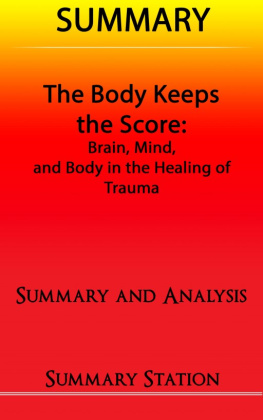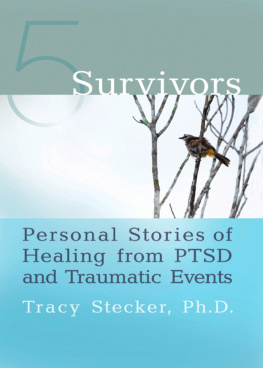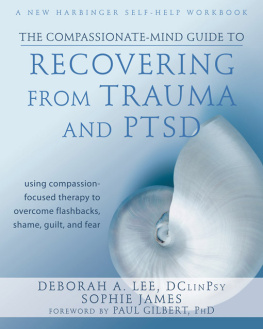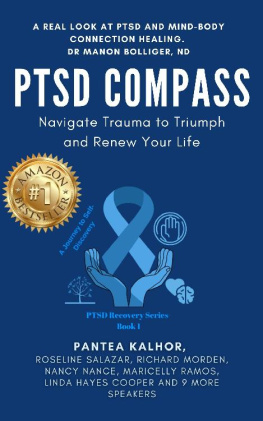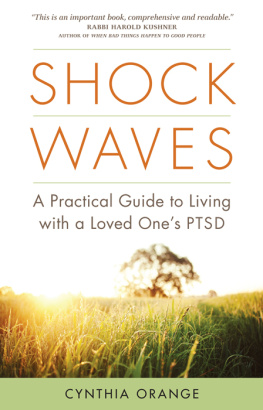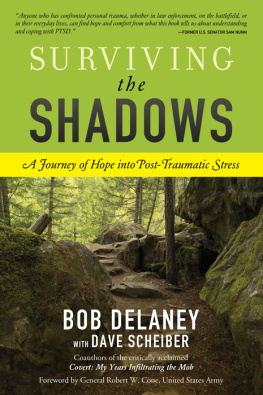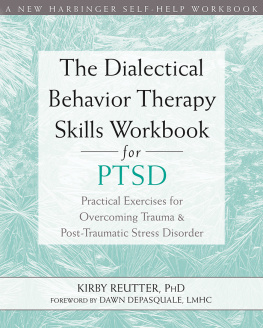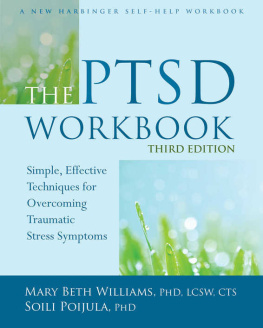This book would not exist without the steady and knowledgeable involvement of many individuals at Book in a Box and Lioncrest Publishing. From my nervous first conversation with Dan Bernitt outlining our thoughts about the book and his unequivocal acceptance of the project, through Kevin Murphys plan of the books shape and outline, to the many hours of focused work, week in and week out, with editor Sheila Trask, I have been supported with truth, constancy and good humour in a way that I could have only dreamed of.
From the broad overall view of the project to the smallest detail, their commitment never wavered in fulfilling my request to get this over the finish line. In truth, without them and their designers, copy editors, and others involved the entire project would, at this very moment, be no more than many pages of scattered text.
Their utterly professional commitment to this project has never faltered even as it grew and grew beyond anyones expectations, and their editorial insistence on the necessity of this or that element was always on point, tireless but never tiresome. This in spite of the fact that our working relationship was conducted without a single face - to - face meeting, over many months and across many, many miles.
What began for us as an obligation to share this work became an endeavor of truly overwhelming complexity, but once in their hands it was a calm, steady and seamless progression toward publication. With a deep bow to everyone involved, these few words are but a small token of my great respect, gratitude and appreciation.
The Gift That Is MDMA
We are blessed to have in our possession a medicine that can release us from trauma and PTSD ( Post - Traumatic Stress Disorder). We are also cursed by the fact that it is forbidden for our use, and in the considered opinion of many individuals, including those involved in the publication of this book, this prohibition is untenable.
In truth, MDMA (3,4- Methylenedioxymethamphetamine ) may be one of the most extraordinarily useful and reliably effective psychological medicines ever to come into our hands, arguably on a par with physiological medicines such as penicillin, insulin, and morphine. It deserves, therefore, our utmost respect.
MDMAs psychic reach is boundless, its effects both gentle and powerful. Even though its mechanism - of - action has remained mysterious until now, the healing outcomes speak volumes. The testimonies in this book describe the benevolence of its action to release us from trauma and PTSD, and presents us with observational evidence of the truth of Dr. Ivor Brownes profound hypothesis, Psychological Trauma or Unexperienced Experience.
With this lens, the capture and release of trauma becomes comprehensible, coherent, and explicit, expressed through the written experiences of over forty individuals who have exposed themselves to MDMA in therapeutic settings.
We invite you to share these experiences in their own words.
Who We Are
Nature abhors a vacuum.
Aristotle
For six years following the collective trauma of September 11th, 2001, the individuals responsible for this book responded to requests from friends in need. Seeing their often - dire plight, we felt a sincere obligation to pay forward the benefits we had received from working with MDMA and were moved to honour their requests by sitting with them at this medicine work, as attendants.
Our decisions were not made lightly. However, knowing of the works beneficial trajectory when administered by skillful meansand having, ourselves, experienced its lasting healing potentialthe decision was essentially made for us. Individuals in severe, chronic, and treatment - resistant pain deserve to have access to every possible method to heal themselves. Regrettably, this is not the case. This remarkable medicine is currently prohibited and is characterised as having a high potential for abuse and no currently accepted medical treatment use.
Prior to our own healing experiences with this sui generis medicine, we chose to do our due diligence by taking advantage of the wealth of public information to come to our own conclusions about the work. We knew from unbiased clinical research that toxicologists gave a clean bill of health to pure, medical grade MDMA, and our own experiences had borne this out. When approached by friends, who regarded us as having the skill - set necessary to administer the work, we responded with our hearts.
We come from all socio - economic groups and are as diverse as life allows; young and old, female and male, etc. This range allows clients to work with an attendant of their choosing, someone with whom they can identify and trust. Simply, our work is the work of human beings and their attentive presence.
About the Testimonies
When the news is this good, you have to share it.
An attendant
The testimonies in this book describe how each client approached the medicine work, their experience of the six - hour session itself, and descriptions of their outcomes. The task was to describe a little about who they were before the work, their experiences during the session itself, and some indication of how their lives may have been affected after the session. Each testimony was willingly offered by each client who chose either to write their own essay or to be interviewed.
A handful of testimonies are interviews conducted by a reporter who had, herself, experienced the work. The remainder are either self - penned essays or a spoken account transcribed and edited lightly for coherence, omitting no content. The attendant present at each session wrote a brief introductory and concluding paragraph to each edited testimony, which was then shown in toto to the client for approval. Revisions were honoured per the clients requests until they were satisfied that not only their words were authentic, but also that the attendants comments were true and accurate. Each then chose a pseudonym by which they would remain unknown, thus completing their sign - off on their testimony.
In bringing these testimonies together for publication over the past few years, we have given considerable thought to how they might be categorised for the readers convenience. This has proved a challenge. Arranging them according to the range of problems with which each client presented was one possible approach, but it is seldom the case that people come to this work with only one condition, and the variables prevented the possibility of categorisation. Similarly, with the medicine sessions and their outcomes, the range of experiences was simply too wide to have any value as categories. So, with the best will in the world, we have simply identified Men and Women with two sub - categories , Couples and Therapists.

